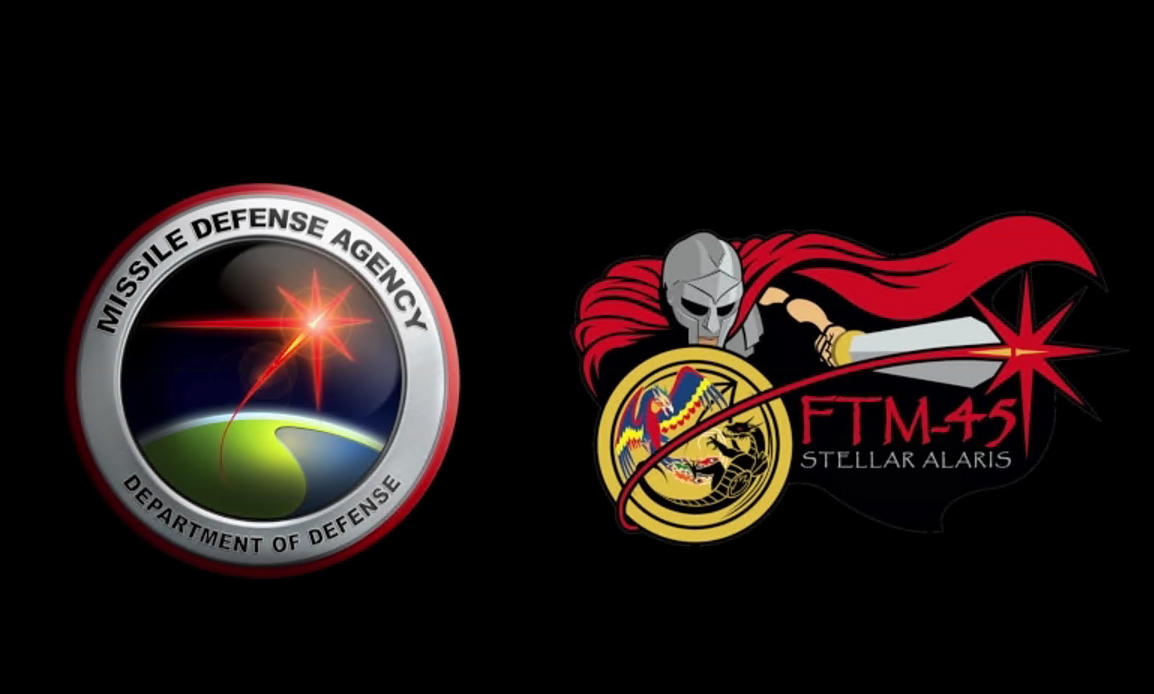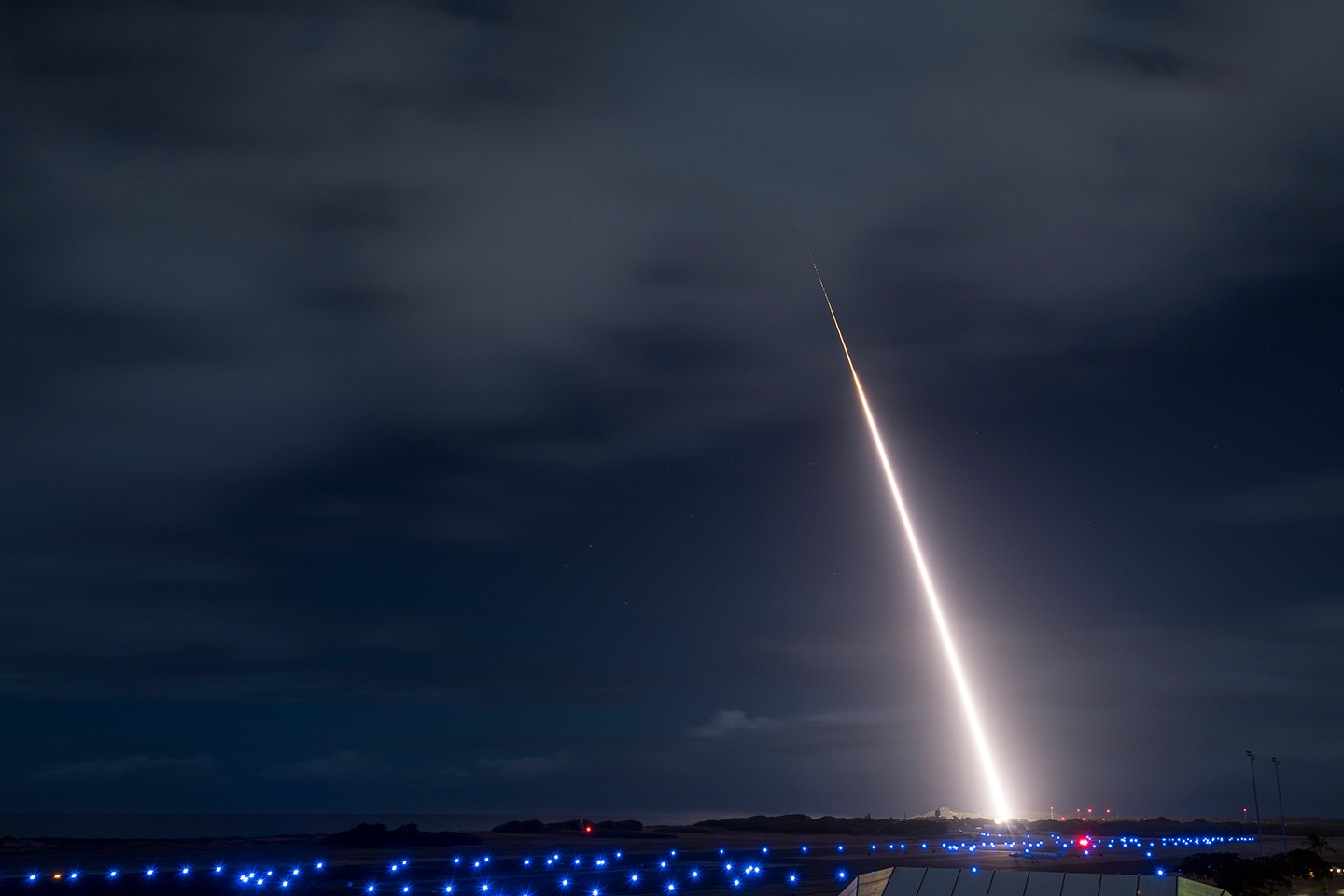Press Release
Johns Hopkins APL Plays Key Role in Second SM-3 Block IIA Intercept Test
Engineers from the Johns Hopkins Applied Physics Laboratory (APL) in Laurel, Maryland, in cooperation with the U.S. Missile Defense Agency and U.S. Navy sailors aboard the U.S.S. John Finn (DDG-113) played a key role in the successful live-fire intercept using the new Standard Missile-3 Block IIA guided missile during an October 26, 2018, flight test off the west coast of Hawaii.
The SM-3 Block IIA guided missile, designed to be fired from Aegis ships and Aegis Ashore sites equipped with the new Aegis Baseline 9.C2 (BMD 5.1) weapon system, is capable of countering advanced threats. It was developed by the United States and Japan, and APL led key “end-to-end” system-level performance analysis in collaboration with the government-industry team.

At approximately 1:00 am Hawaii Standard Time, a medium-range ballistic missile target was launched from the Pacific Missile Range Facility at Kauai, Hawaii. The U.S.S. John Finn (DDG-113) detected and tracked the target missile with its onboard AN/SPY-1 radar using the Aegis Baseline 9.C2 weapon system. Upon acquiring and tracking the target, the ship launched an SM-3 Block IIA guided missile, which intercepted the target.
APL’s high-fidelity modeling and simulation of the weapon and missile system provided key performance predictions to plan and safely execute this complex test. APL engineers and analysts worked closely with MDA to plan the test’s live-fire scenario and predict system performance before the flight.
“This successful SM-3 Block IIA intercept flight test allows us to continue to gather critical threat–representative flight test data for the Aegis Baseline 9.C2 and SM-3 Block IIA system in support of ballistic missile defense for United States and Allied forces,” said Dr. Patrick Stadter, APL Aegis BMD Program Area Manager. “It’s a key step forward to capability upgrades for ballistic missile defense.”
